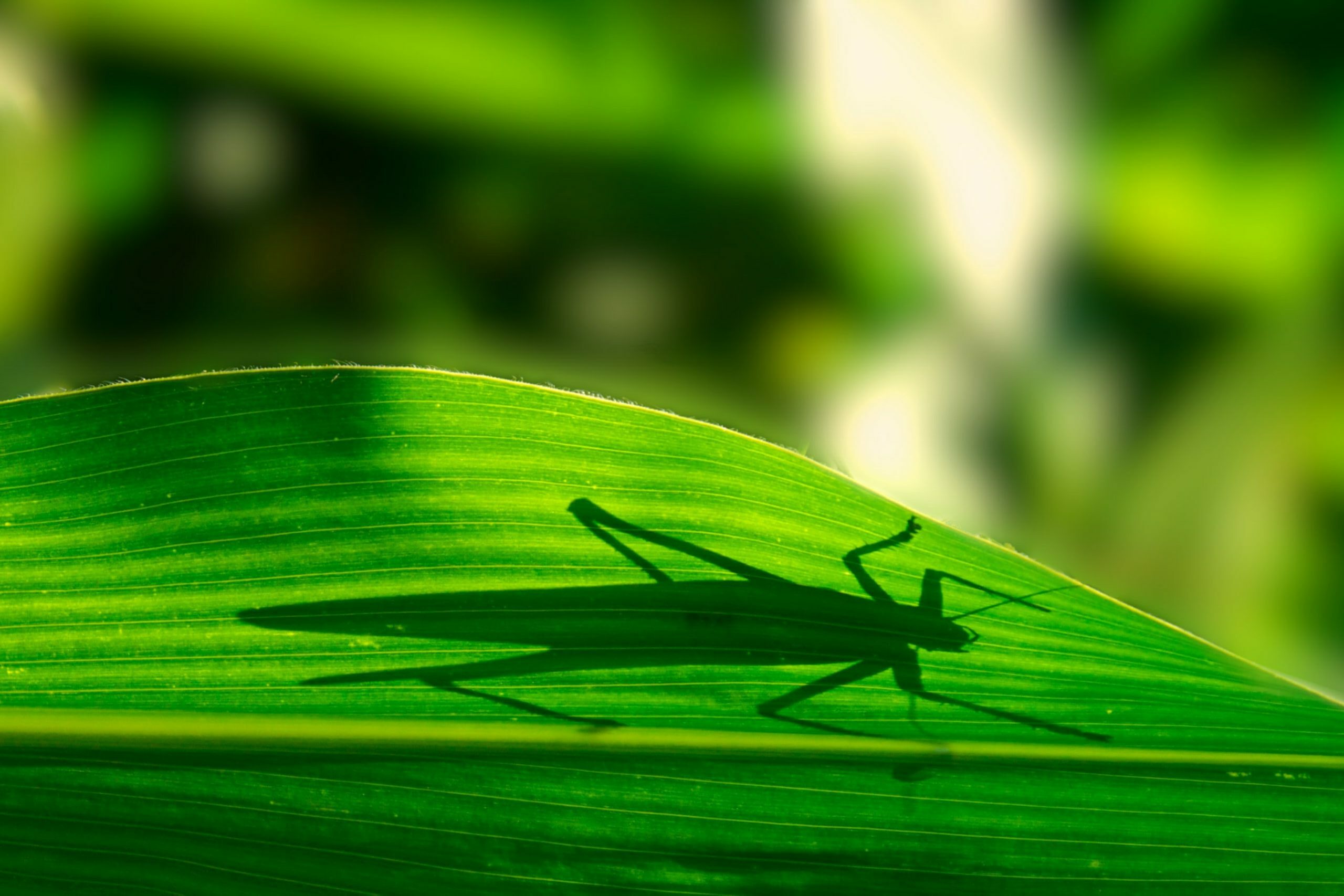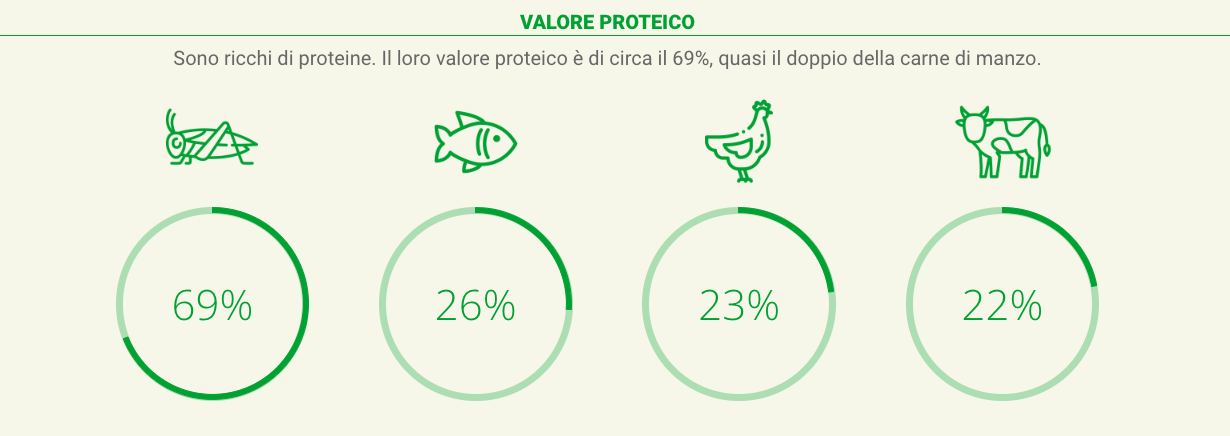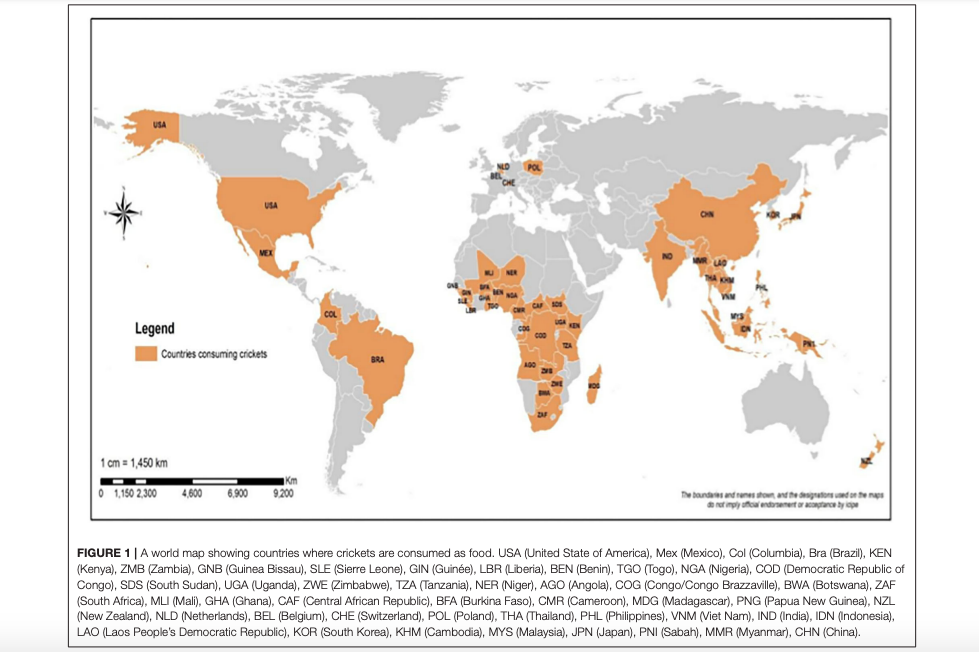Cricket One, all about the Vietnamese company that wants to flood Europe with cricket dust

The EU has given the green light to cricket powder in food products: here's what it is, who produces it, where it is consumed, the turnover and the forecasts of a market that already has operational realities in Italy too
Will we eat cricket powder?
“In this Government there will be no room for synthetic meat and cricket flour. Our goal is to defend citizens from the degeneration that wants to pass on the idea that it is enough to eat, regardless of where and how the food is produced. But we cannot accept it”, said the Minister of Agriculture and Food and Forestry Sovereignty, Francesco Lollobrigida (Brothers of Italy) at the beginning of his mandate.
However, two days ago, the European Union authorized the placing on the market of the partially defatted powder of Acheta domesticus , or house cricket, as a novel food.
WHAT THE EU SAYS
Following the request of the company Cricket One Co. Ltd of 24 July 2019 to the European Commission to evaluate the authorization for the placing on the EU market of the partially defatted powder of Acheta domesticus , on 23 March 2022 the European Safety Authority Food Industry (EFSA) gave a positive opinion.
The new standard was included in the Commission's Implementing Regulation EU 2023/5 of 3 January 2023 published in the Community Official Journal.
This is the third insect approved for consumption. In February 2022 it was the turn of the yellow flour larva ( Tenebrio molitor ) and in November 2021 of the migratory locust .
Whether a snack or a food ingredient, did you know there are currently three insects authorized in the EU 'novel food'?
'House cricket', 'yellow mealworm' and 'migratory locus' are the three types of insects authorized as 'novel food' in the EU market.
pic.twitter.com/PIvWNVWtBr
— European Commission
(@EU_Commission) August 12, 2022
WHAT IS CRICKET POWDER
The new food, according to the Regulations, consists of the partially defatted powder obtained from whole Acheta domesticus (house cricket) through a series of phases, which include a 24-hour fasting period of the insects to allow intestinal emptying, killing of insects by freezing, washing, heat treatment, drying, oil extraction (mechanical extrusion) and milling.
IN WHICH FOODS IT MAY BE PRESENT
The application concerned the use of cricket powder in multigrain bread and rolls, crackers and breadsticks, granola bars, dry premixes for baked goods, biscuits, filled and unfilled dry pasta products , in sauces, processed potato products, legume and vegetable dishes, pizza, pasta products, whey powder, meat substitute products, soups and soups concentrate or powder, in cornmeal snack foods, beer-type beverages, chocolate products, nuts and oilseeds, non-chip snack foods, and meat preparations.
WHO PRODUCES THE GRILLO POWDER
Cricket One Co. Ltd , the company that first applied, is the only one that from 24 January 2023 is authorized for a period of five years to place cricket powder on the EU market, unless a subsequent applicant get a license for the same food.
Cricket One is a Vietnamese company whose motto is “classic protein for a modern world”. It deals with cricket breeding but also with other high-quality and sustainable ingredients for food, beverages, cosmetics and pet food.
WHY EAT CRICKET POWDER
According to Cricket One, cricket protein is nutritionally more efficient, performing and complete, as well as a safe and sustainable source that does not harm the planet. Indeed, insects already make up a large part of the daily diet of hundreds of millions of people around the world and in the Farm to Fork strategy they are identified as an alternative protein source that could facilitate the transition to a more sustainable food system.
Indeed, Cricket One's creed meets four of the 17 Sustainable Development Goals established by the United Nations in 2015 and which, somewhat unrealistically, should be achieved by 2030: end of poverty; end of world hunger; introduction of responsible models of production and consumption; and interventions to combat climate change.
In support of the consumption of insect-based products, the Italian Cricket Farm company states that the protein value of insects is about 69%, almost double that of beef and crickets need 0.05% water compared to a beef to produce the same amount of protein.

But it doesn't end there, according to their data, a third of the world's land is used to produce beef. On average, 200m2 of surface area is used to produce 1kg of beef versus 15m2 for the same amount of insects.
Furthermore, compared to cattle, crickets produce 1% of greenhouse gases, while livestock industries are the second largest cause of air pollution worldwide.

DATA AND FORECASTS ON THE CRICKETS MARKET
A research published in March 2022 titled “Crickets Market By Product (Whole Crickets, Cricket Powder), Species (Domestic Crickets), Application (Processed Whole Crickets, Protein Supplement Powders, Cricket Protein Bars, Beverages), End Use ( human nutrition, animal nutrition) – Global Forecasts to 2029” estimated that the global cricket market will reach $3.50 billion by 2029 and grow at a compound annual growth rate (CAGR) of 28.6% during the forecast period from 2022 to 2029.
COUNTRIES WHERE CRICKETS ARE EATEN
According to research published in Frontiers in Nutrition in January 2021, entomophagy, or adietary regimen that includes insects as food, is a very common practice globally and there are 2,100 species of insects that are consumed in over 110 countries. Of these, 500 are consumed in Africa, 324 in China, 255 in India and over 164 in Thailand.
Of crickets in particular, which have been eaten in China for more than 2,000 years, more than 60 species are consumed in 49 countries. Africa tops the list with 25 countries consuming various types of crickets, followed by Asia (13 countries), America (5), Europe (Netherlands, Belgium, Switzerland, Poland) and Australia (2).

WILL THERE BE A PLACE FOR THIS MARKET IN ITALY?
Although apparently Italy does not seem ready – starting with Minister Lollobrigida but also according to a Coldiretti survey which states that 54% of Italians are against, 24% are indifferent and only 16% are in favor – to put of insects, there are already realities in our area that believe in the future of this market.
An example of this is the Italian Cricket Farm based in Scalenghe, in the province of Turin, which for years, in addition to breeding crickets, has been selling mealworms, kaimani, locusts and honey moths. In their 3,000 square meters of surface area, 70kg of mealworms, 400,000 house crickets and 10kg of kaimani are produced daily.
Among other things, their production, 100% made in Italy, can reassure those who, like the minister and Coldiretti, question these products because they come from non-EU countries.
This is a machine translation from Italian language of a post published on Start Magazine at the URL https://www.startmag.it/sanita/polvere-grillo-cricket-one/ on Thu, 05 Jan 2023 11:15:59 +0000.

